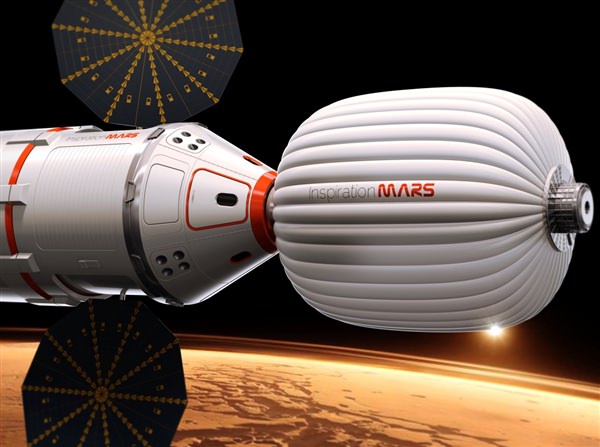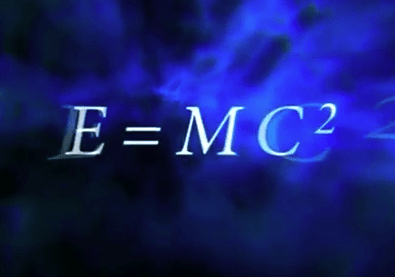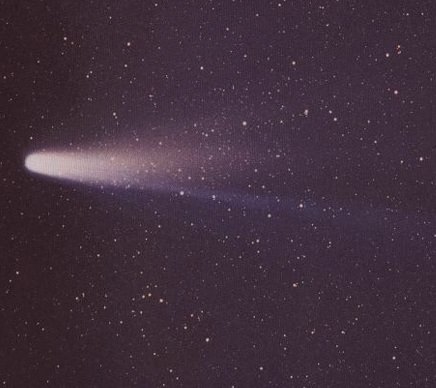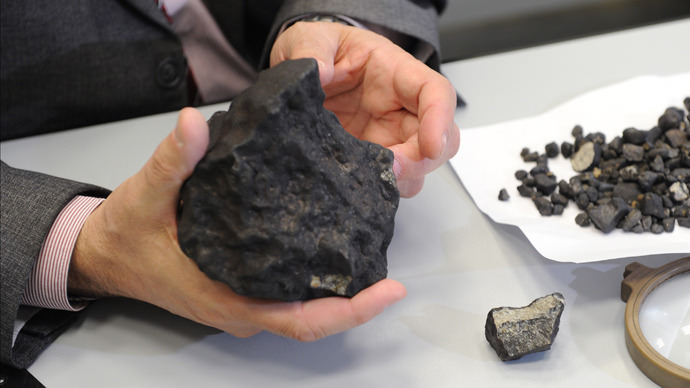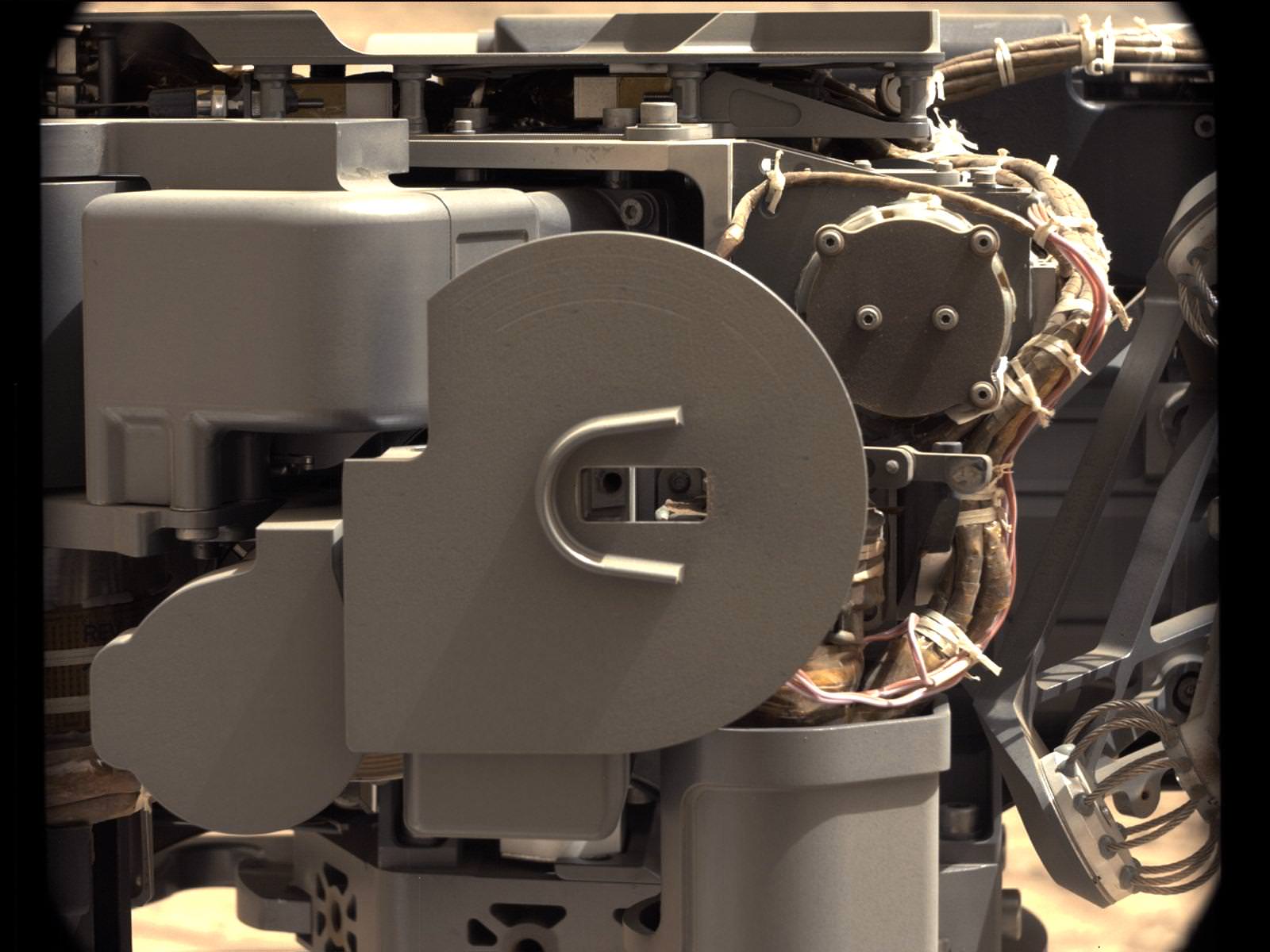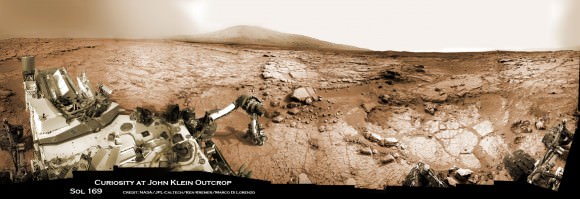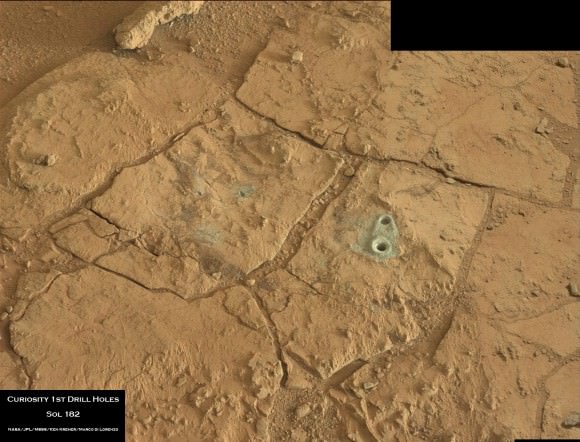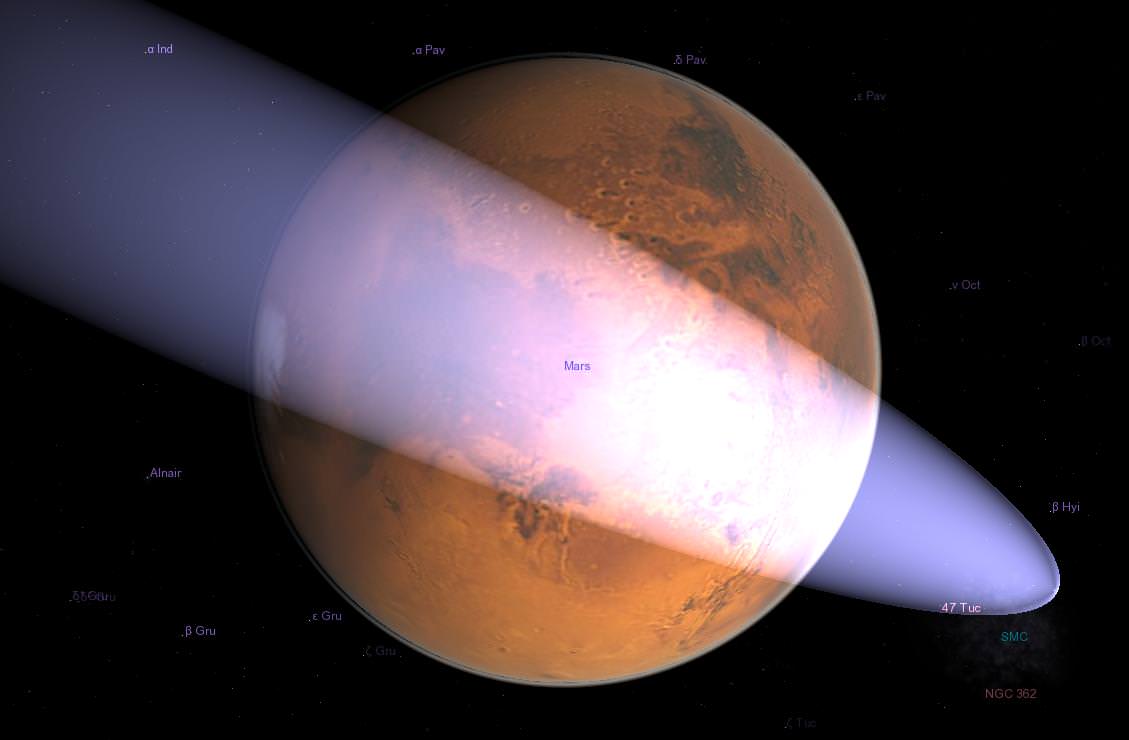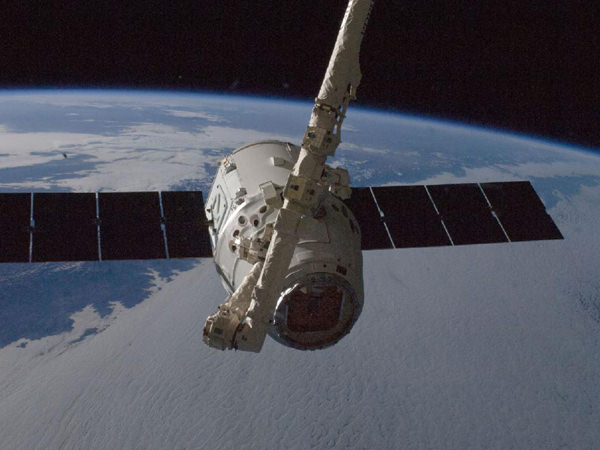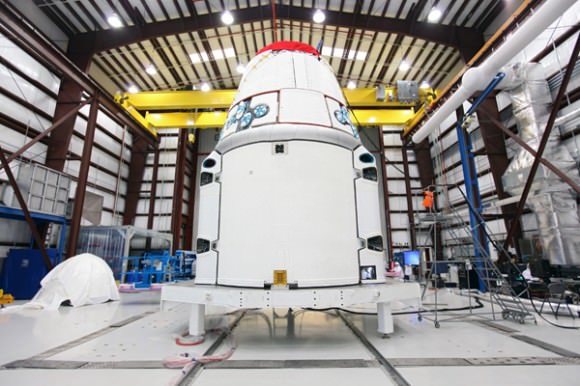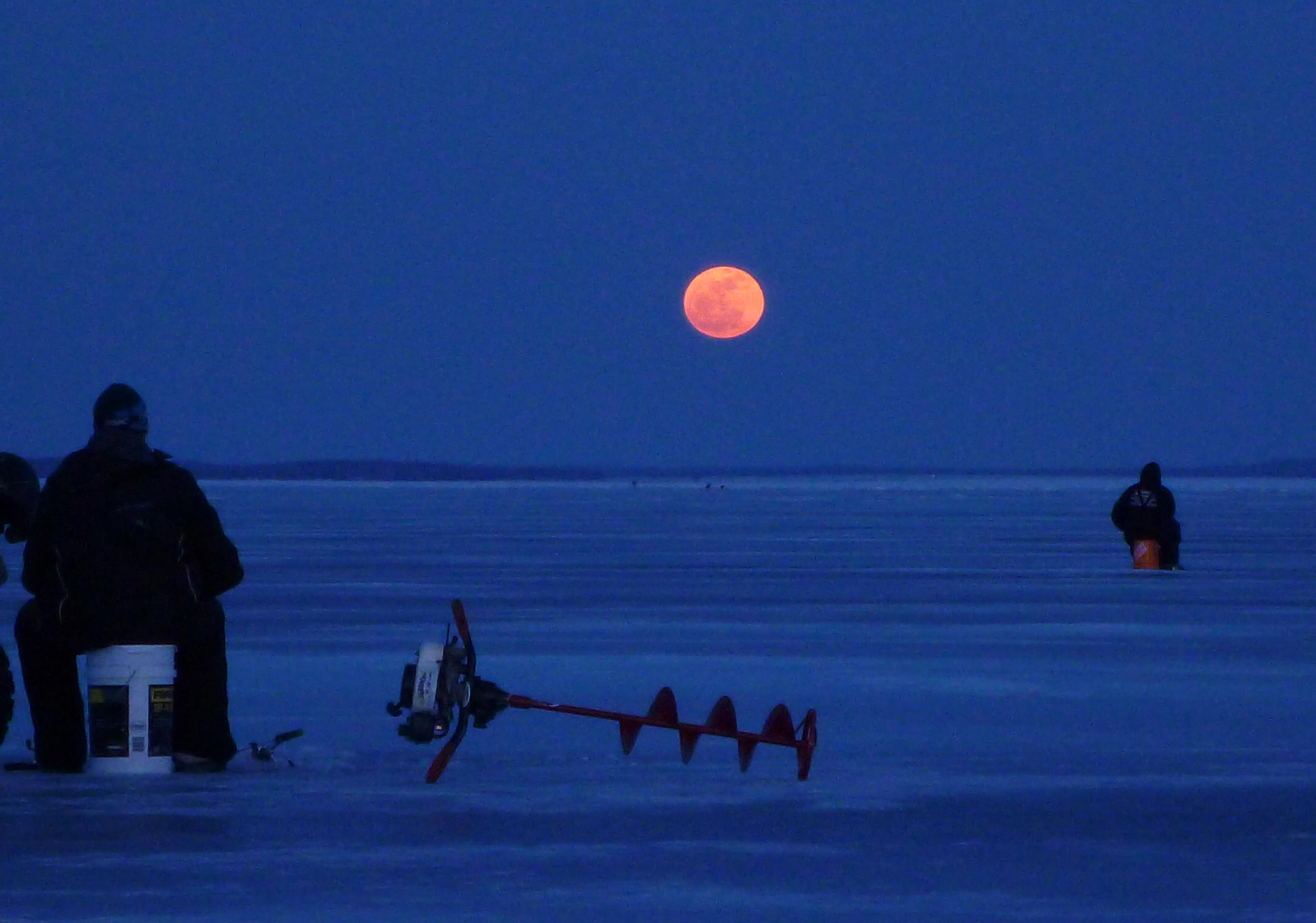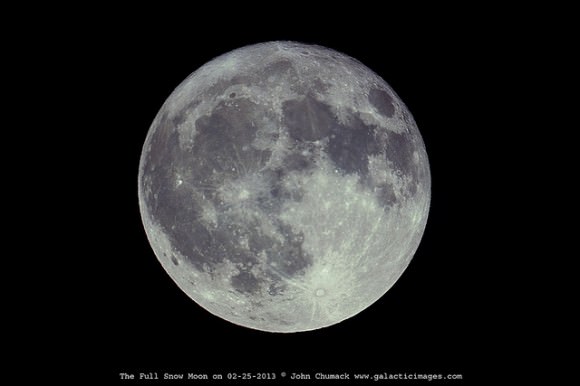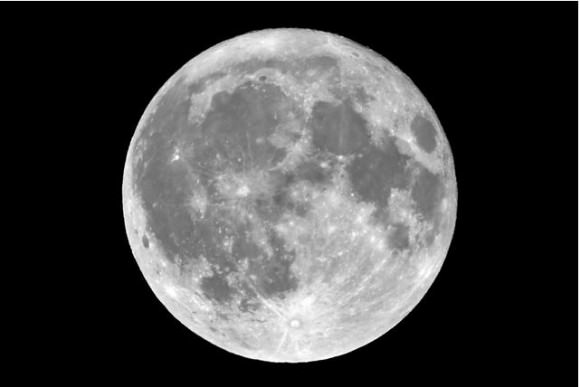Millionaire and space tourist Dennis Tito announced his plans for funding a commercial mission to Mars, and the mission will send two professional crew members – one man and one woman who will likely be a married couple – flying as private citizens on a “fast, free-return” mission, passing within 100 miles of Mars before swinging back and safely returning to Earth. The spacecraft will likely be tinier than a small Winnebago recreational vehicle. Target launch date is Jan. 5, 2018.
That date was picked because of the unique window of opportunity when the planets align for a 501-day mission to Mars and back.
“If we don’t seize the moment we might miss the chance to become a multi-planet species,” said journalist Miles O’Brien, who introduced the Inspiration Mars team at a webcast announcing the mission, “and if we don’t do that, one day humanity might cease to exist.”
Tito said there are lots of reasons to not to do a mission like this, “but sometimes you just have to lift anchor shove off. We need to stop being timid… Our goal is to send two people but take everyone along for the ride.”
Tito has started a new nonprofit organization, the Inspiration Mars Foundation, “to pursue the audacious to provide a platform for unprecedented science, engineering and education opportunities, while reaching out to American youth to expand their visions of their own futures in space exploration,” said a statement released by the Foundation.
Tito said this will be an American mission, not international.
The mission will be built around “proven, existing space transportation systems and technologies derived from industry, NASA and the International Space Station that can be available in time to support the launch date.”
Inspiration Mars has signed a Space Act Agreement with NASA, specifically the Ames Research Center (Ames), to conduct thermal protection system and technology testing and evaluation, as well as tapping into NASA’s knowledge, experience and technologies.
“We went to NASA and said we don’t want money, but want to partner with you for certain technologies,” said said Taber MacCallum, chief technology officer for Inspiration Mars. MacCallum is also CEO/CTO of Paragon Space Development Corporation, and was a member of the Biosphere 2 Design, Development, Test & Operations team, and a crew member in the first two-year mission. “NASA had a tremendous can-do spirit about this, and we are thrilled to be working with them.”
Here’s look at the mechanics of the free return trajectory:
The profile of the mission means once it launches, there’s no way to abort.
Tito said the mission will engage “the best minds in industry, government and academia to develop and integrate the space flight systems and to design innovative research, education and outreach programs for the mission. This low-cost, collaborative, philanthropic approach to tackling this dynamic challenge will showcase U.S. innovation at its best and benefit all Americans in a variety of ways.”
Inspiration Mars will also offer educational programs to inspire children.
“It is important that it is a man and a woman going on this mission because they represent humanity,” said Jane Poynter, also with Paragon and Inspiration Mars, who is married to MacCallum, and together they were part of the Biosphere-2 project. “But more importantly, it represents our children, because whether they are a boy or a girl, they will see themselves in this mission. Inspiration is the name of this mission and its mission.”
She said it would “challenge our children to live audacious lives,” and Inspiration Mars is partnering with several organizations to create educational programs.
Poynter said it would be important for the two astronauts to be married, to provide a “backbone of support for the crew psychologically.
“Imagine, it’s a really long road trip and you’re jammed into an RV and you can’t get out,” Poynter said. “There’s no microgravity … all you have to eat for over 500 days are 3,000 lbs of dehydrated food that they rehydrate with the same water over and over that will be recycled,” adding that the two crew will need the proven ability to be with each other for the long term.
But that segue ways into how the mission will be funded. While Tito will fund the mission exclusively for the next two years, beyond that it will be funded primarily through private, charitable donations, as well as government partners that can provide expertise, access to infrastructure and other technical assistance.
But media rights will be a big part of funding, Tito said. “I envision Dr. Phil talking to the husband-wife crew about marital problems on way to Mars,” he said.
But this is not a money-making endeavor, Tito said. “I won’t make any money on this – I’ll be a lot poorer after this mission.”
Speaking of money, one thing the Inspiration Mars team didn’t do at the briefing today was talk about how much the mission was going to cost. They said that whatever number they might quote today would probably end up being wrong. But they did say it would be a fraction of what the Curiosity rover mission cost, which is $2.5 billion.
The mission system will consist of a modified capsule launched out of Earth orbit using a single propulsive maneuver to achieve the Mars trajectory. An inflatable habitat module will be deployed after launch and detached prior to re-entry. Closed-loop life support and operational components will be located inside the vehicle, designed for simplicity and “hands-on” maintenance and repair.
Tito said the time is right for this mission, not only because of the orbital window of opportunity. “Investments in human space exploration technologies and operations by NASA and the space industry are converging at the right time to make this mission achievable,” he said.
Foundation officials are in talks with several U.S. commercial aerospace companies about prospective launch and crew vehicles and systems.
Asked about how they can possibly get a launch vehicle ready by 2018, Tito said, “The vehicles are there and we have time to get it together. I’m more concerned about the life support, the radiation and the re-entry systems.”
“Mars presents a challenging, but attainable goal for advancing human space exploration and knowledge, and as a result, we are committed to undertaking this mission,” MacCallum said. “Experts have reviewed the risks, rewards and aggressive schedule, finding that existing technologies and systems only need to be properly integrated, tested and prepared for flight.”
Tito explained that the “beauty of this mission is its simplicity.” The flyby architecture lowers risk, with no critical propulsive maneuvers after leaving Earth vicinity, no entry into the Mars atmosphere, no rendezvous and docking, and represents the shortest duration roundtrip mission to Mars. The 2018 launch opportunity also coincides with the 11-year solar minimum providing the lowest solar radiation exposure.
Find out more about the mission at the Inspiration Mars website.
. Here is a link to a fact sheet about this mission.

